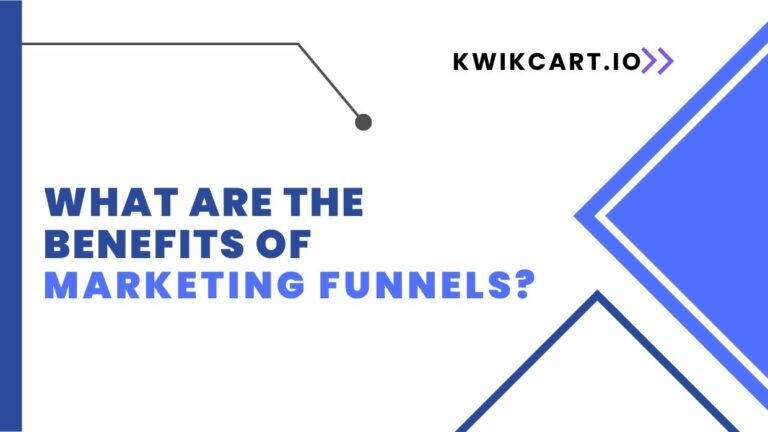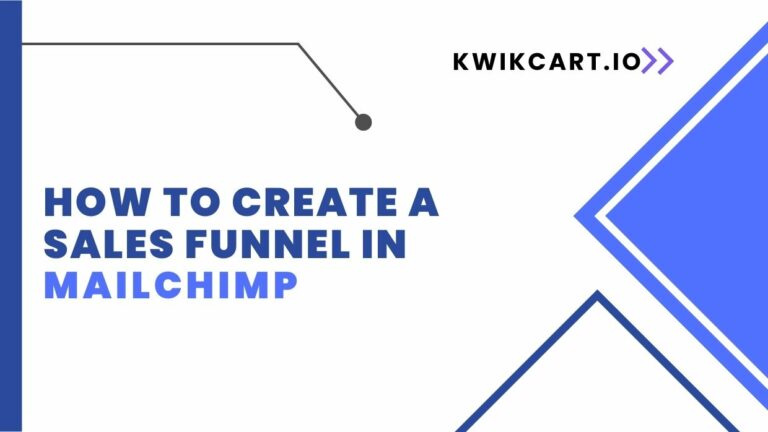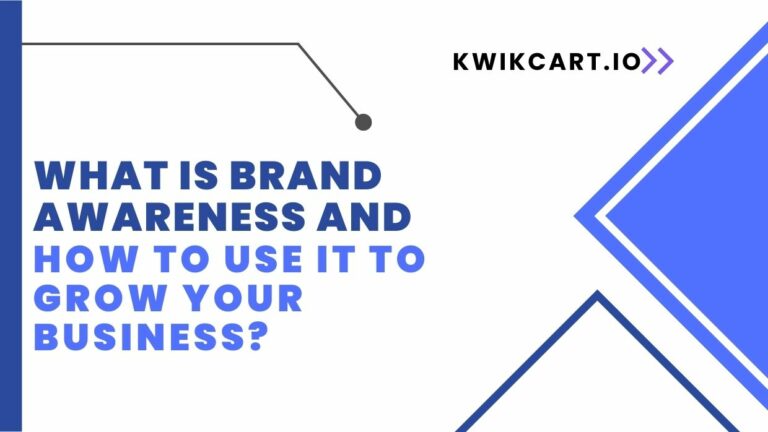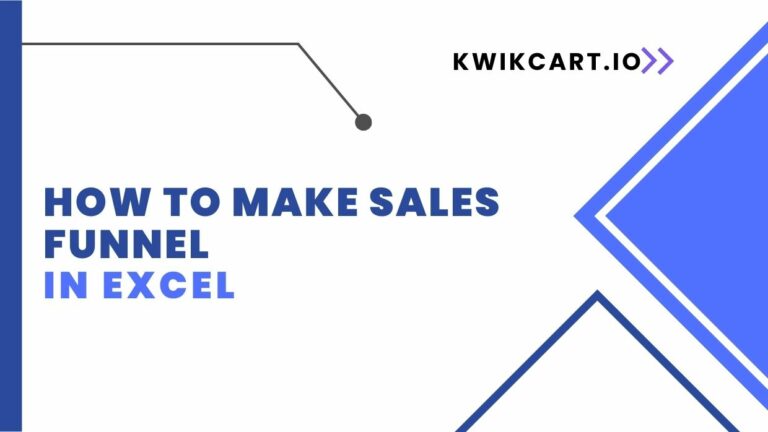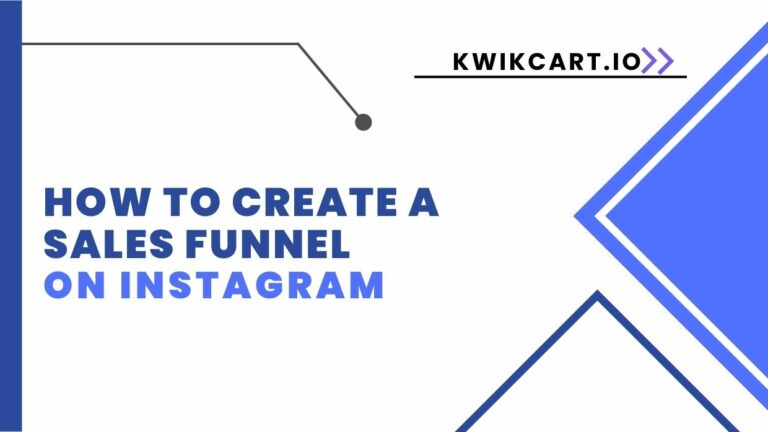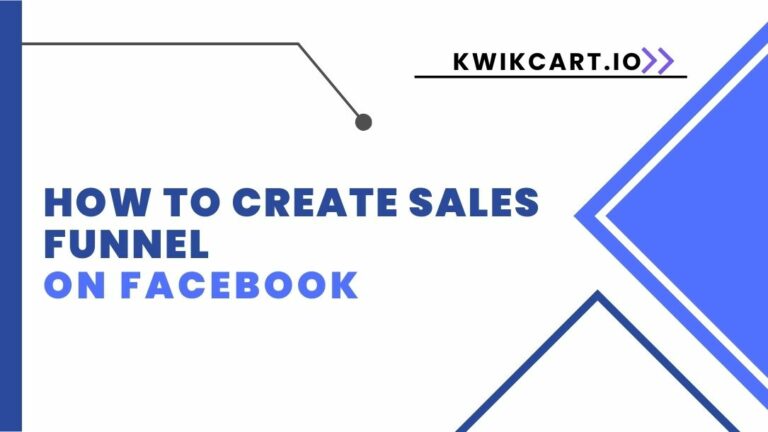What Are The Different Types of Marketing Funnels
In this comprehensive guide, we’ll discuss “what are the different types of marketing funnels” and how they can help you reach your business goals. In today’s digital age, marketing funnels are essential for businesses to generate leads and drive sales. But with so many different types of marketing funnels available, it can be overwhelming to figure out which kind is the best fit for your business. So let’s dive in!
What is a Marketing Funnel?
A marketing funnel is a process that takes potential customers through different stages of awareness and interest in a product or service. The stages of a marketing funnel vary depending on the business and the products or services they offer but typically include awareness, interest, consideration, and purchase.
The goal of a marketing funnel is to move potential customers through the stages of awareness and interest until they eventually make a purchase. businesses use various marketing strategies and tactics to draw attention to their products or services and generate leads that can be funneled into the different stages of the marketing process.
Some businesses may only use one or two stages of the marketing funnel, while others may use all four. The most important thing is to identify which stage(s) of the marketing funnel are most important for your business and focus your efforts on generating leads at those stage(s).
Understanding Funnels In Business: A Beginner’s Guide
Types of Funnels:

A marketing funnel is a process that takes a potential customer from initial awareness of a product or service to eventual purchase. There are a variety of funnels that businesses can use to acquire new customers, and each has its own advantages and disadvantages. The four main types of marketing funnels are:
- TOP OF THE FUNNEL (TOFU): The TOFU funnel is designed to generate awareness of a brand or product among potential customers who have never heard of it before. This type of funnel is typically used for products with low-commitment purchases, such as books or small items. TOFU campaigns are often run through social media platforms like Facebook or Instagram.
- MIDDLE OF THE FUNNEL (MOFU): The MOFU funnel is designed to generate interest in a brand or product among potential customers who are familiar with it but haven’t yet made a purchase. This type of funnel is typically used for products with higher-commitment purchases, such as cars or expensive electronics. MOFU campaigns are often run through Google Ads or other paid advertising platforms.
- BOTTOM OF THE FUNNEL (BOFU): The BOFU funnel is designed to generate intent to purchase among potential customers who are already familiar with the brand or product and are close to making a purchase decision. This type of funnel is typically used for products with very high-commitment purchases, such as houses or major appliances. BOFU campaigns are often run through email marketing or retargeting campaigns.
- RETENTION FUNNEL: The retention funnel is designed to generate loyalty and repeat purchases among existing customers. This type of funnel is typically used for products with recurring purchases, such as subscription services or memberships. Retention campaigns are often run through loyalty programs or customer service initiatives.
Awareness Funnel
The first step in any marketing funnel is awareness. This is when potential customers are first exposed to your product or service. It’s important to make a good first impression and get them interested in what you have to offer.
There are a few different ways to generate awareness for your business. You can use traditional advertising methods like TV commercials, print ads, or radio spots. You can also use more modern methods like content marketing, social media marketing, or search engine optimization.
Once you’ve gotten potential customers interested in your product or service, you need to move them down the funnel toward a purchase. But before they buy anything, they need to be aware of what you have to offer and why it’s the best option for them. That’s where awareness comes in.
Awareness is the first step in any marketing funnel because it’s the point at which potential customers are first exposed to your product or service. And it’s important to make a good first impression. There are a few different ways to generate awareness for your business, including traditional advertising methods like TV commercials, print ads, or radio spots; as well as more modern methods like content marketing, social media marketing, or search engine optimization (SEO). No matter what method you use, the goal is the same: getting potential customers interested in what you have to offer so they’ll move down the funnel toward a purchase.
Consideration Funnel
The Consideration Funnel is the stage in the buyer’s journey where the prospect begins to realize they have a problem that needs to be solved. They are now actively looking for solutions and evaluating their options.
At this stage, prospects are interested in your product or service but may not be ready to buy yet. They need more information about what you offer and how it can help them before they can make a decision.
To reach these prospects, you need to create content that educates them about their problem and your solution. You can do this through blog posts, eBooks, webinars, or other educational resources.
Once you’ve helped prospects understand their problem and your solution, you can then start to move them down the funnel toward a purchase. This is done by providing more detailed information about your product or service, such as pricing plans or case studies.
It’s important to remember that not everyone will be ready to buy at this stage. Some people may need more time to research or maybe compare different options. That’s why it’s important to have a way to stay in touch with prospects so you can continue to nurture them until they’re ready to buy.
Conversion Funnel
Conversion funnels are designed to take a potential customer from awareness of a product or service, through interest and consideration, to finally making a purchase. By mapping out this journey, businesses can better understand what steps they need to take to convert more leads into customers.
There are three main types of conversion funnel: the AIDA model, the Stimulus-Response model, and the Customer Journey model.
The AIDA model is one of the oldest and most well-known conversion funnel models. It consists of four stages: Attention, Interest, Desire, and Action. The AIDA model is linear, meaning that potential customers move through each stage sequentially in order to convert.
The Stimulus-Response model is similar to the AIDA model, but with two additional stages: Need Recognition and Solution Awareness. This model accounts for the fact that people often don’t know they have a problem that needs solving until they are presented with a solution.
The Customer Journey model is the most complex of the three models, as it takes into account the different ways people interact with a brand before making a purchase. There are six stages in this model: Awareness, Research, Comparison, Purchase, Use/Engagement, and Repurchase. This model is nonlinear, meaning that people can move back and forth between different stages as they research and consider their options.
Retention Funnel
The retention funnel is all about keeping your customers engaged with your brand. It’s the process of moving customers from one stage of the customer lifecycle to the next, and ultimately turning them into lifelong fans.
There are a few key things to keep in mind when creating a retention funnel:
- Make sure you have a clear understanding of your customer lifecycle. This will help you identify where customers drop off and what you can do to keep them engaged.
- Create engaging content that speaks to each stage of the customer lifecycle. This could include blog posts, e-books, webinars, etc.
- Use marketing automation to automate repetitive tasks and free up your time so you can focus on creating quality content.
- Monitor your results regularly and make adjustments as needed.
Benefits of Using a Marketing Funnel
A marketing funnel is a tool used by businesses to track and measure their marketing progress. By understanding the customer journey from awareness to purchase, businesses can identify which marketing activities are most effective in driving sales.
There are many benefits of using a marketing funnel, including:
- Increased Efficiency: A marketing funnel enables businesses to track and measure their progress, so they can identify which marketing activities are most effective in driving sales. This allows businesses to allocate their resources more efficiently, resulting in increased profits.
- Improved Customer Insights: By understanding the customer journey through the marketing funnel, businesses can obtain valuable insights into customer behavior. This information can be used to improve future marketing campaigns and strategies.
- Enhanced ROI: By tracking and measuring the results of their marketing campaigns, businesses can ensure that they are getting a positive return on investment (ROI). This helps them to allocate their resources more effectively and make better use of their budget.
- Greater Customer Loyalty: By providing customers with a seamless and positive experience throughout the marketing funnel, businesses can build loyalty and long-term relationships with customers. This can lead to repeat business and referrals from satisfied customers.
Strategies for Customizing Your Marketing Funnel
In order to create an effective marketing funnel, you need to tailor your approach to match your specific goals and target audience. There is no one-size-fits-all solution, so it’s important to understand the different types of marketing funnels and how they can be customized to achieve your desired results.
The first step is to identify what kind of results you want to achieve with your marketing funnel. Are you looking to generate leads, increase brand awareness, or drive sales? Once you know what your goal is, you can start to customize your funnel accordingly.
For example, if you’re looking to generate leads, you’ll need to focus on creating a top-of-the-funnel (TOFU) strategy that will attract potential customers and get them interested in your product or service. This could involve creating informative blog content, helpful ebooks or guides, or compelling social media posts.
Once you’ve grabbed their attention, it’s time to move them further down the funnel with more targeted content that will help convert them into leads. This could include things like case studies, free trials, or demo videos.
Finally, once you have a lead’s contact information, it’s time to start selling! This involves creating engaging email campaigns, personalized landing pages, and effective call-to-actions that will encourage your leads to buy from you.
Learn more… A Step-By-Step Guide To Using Funnel Strategies To Grow Your Business
As you can see, there are many different ways to customize your marketing funnel depending on your goals.
How to Measure the Success of Your Marketing Funnel?
There are a number of ways to measure the success of your marketing funnel. The most important metric is conversion rate, which measures the percentage of visitors to your website who take the desired action, such as making a purchase or signing up for a newsletter.
Other important metrics include click-through rate (CTR), which measures the percentage of people who click on links or banner ads, and bounce rate, which measures the percentage of people who leave your site after viewing only one page.
To track conversion rates, you can use Google Analytics or another web analytics tool. To track CTR, you can use Google AdWords or another paid advertising platform. Bounce rates can be tracked in Google Analytics as well. By tracking these key metrics, you can get a good idea of how well your marketing funnel is performing and make necessary adjustments to improve results.
Understanding The Funnel Stages In Business: A Comprehensive Guide For Marketers
Conclusion
We hope that this article has given you a comprehensive understanding of the different types of marketing funnels and how they can help your business reach new heights. The right funnel for your company will be dependent on your goals, resources, and industry, so it’s important to do some research before committing to one. With these tips in mind, you should now have all the knowledge necessary to create an effective marketing funnel that will lead you towards success.


